So...Collectible Video Game Investment is a Thing Now
The collectible video game market is exploding, here's a look at what it's all about
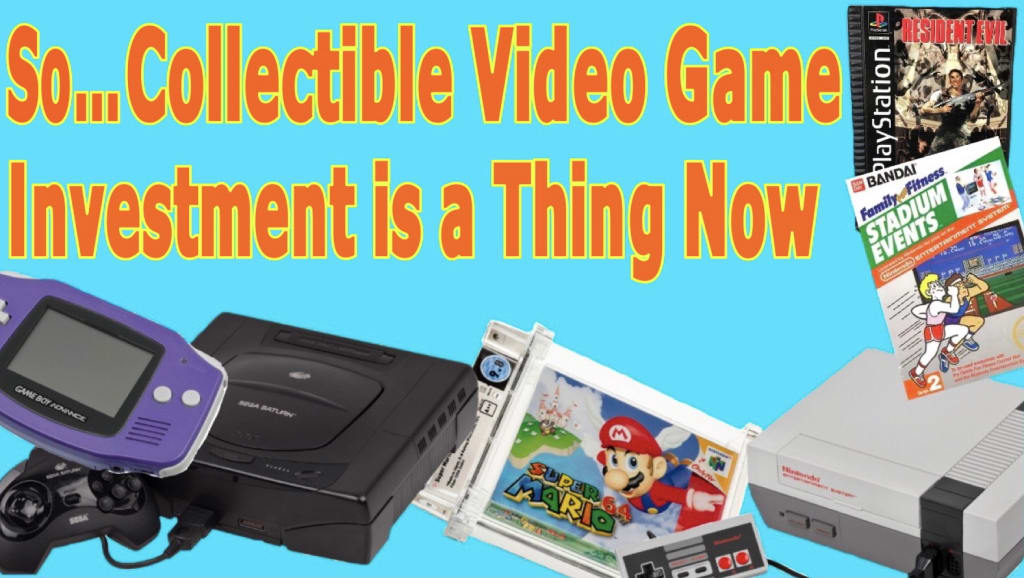
My childhood took place during what could be considered the Golden Age of video gaming. The Nintendo was ubiquitous in American households and the Super Nintendo, Sega Genesis, Playstation, and N64 were all released while I was just a young lad. When these came out, there was no way to know that they would hold huge resale value. I mean, you got games to play them and that was that.
With the recent record setting sale of Super Mario Bros. for over $2 million it's safe to say that the era of video game investment is a thing. Let's take a look at some of the factors that led to this sale and what you can do to get in on the action.
What Makes a Game Valuable
This is the million dollar question, literally. The first million dollar seller was a graded copy of Mario 64, which is not the game I would have predicted breaking the market wide open. It just doesn't add up to the normal collectible rules. It's not rare, it's not that old, and it didn't introduce anything new or important. This was a case of a particular copy of the game that had value due to a couple of reasons.
Edition
Which print run the copy of the game you have was pressed on can have a major effect on its value. An easy example is the difference between "black label" Playstation 1 games and "Greatest Hits" green label games. An original, black label game will ALWAYS hold more value than the reprint. There can also be multiple runs of a game that are not as easy to distinguish, so it is important to know. The copy of Mario 64 that sold for over a million dollars recently attained that value because it was a first run copy of the game that was nearly flawless.
Rarity
If there is one universal in collectibles, it's that rarity adds value. If there isn't as much of something around, people are gonna pay to get that item. This is no different in the world of video games. Clay Fighter 63 1/3: The Sculptors Cut on the N64 is worth a boatload of money because it never saw a retail release. It was a Blockbuster (haha) rental exclusive, which means it was not offered for retail sale ever. Blockbuster would hold giveaways, but besides that, you could only rent it. Since rentals don't usually have a box or instructions with them, these items would get tossed upon putting the game out for rental. That being the case, finding a copy in the box with instructions holds very high value. Rarity adds value.
Fragility
Not all game delivery platforms are created equal. Cartridges are hardy, like a lovely entertainment delivering brick. CD's on the other hand are like the fine china of video game delivery systems. Look at them the wrong way and a scratch might appear. When you are looking at any investment, then you are also looking at the longer term viability of the item as it must be able to hold or gain value so you can sell it for a profit. Checking the quality of video games and also being mindful of the medium you are purchasing is a great way to avoid buying a CD that is so scratched it becomes a coaster.
Aesthetics
The appearance of a game can be one of the most important things to consider when investing. When folks purchase a game, they want it to be in good shape and are willing to pay for it. The closer your game investment is to mint condition, the more money you are going to get. While this is universal, certain games hold value no matter what condition they are in. Pepsi Invaders and Clay Fighter: The Sculptors Cut come to mind, but keep in mind, these are the exceptions to the rule.
Collectible Types
Loose
This is the lowest form of video game collectible and covers the vast majority of games you will find for sale. Ranging from just CD's with no cases to a complete game that is missing an insert, there is also a wide range of value that can be attained from these games. A cartridge that is dirty, broken, or without a label is a loose game. So is an immaculate copy of a game that just doesn't have a box or instructions, that is just the way the cookie crumbles.
Complete In Box (CIB)
As the name suggests, this is a copy of the game that is in the original casing with all the inserts. You would be right to think that this is more valuable than a loose copy of the game. CIB games are a great middle ground if you can find them. Grading starts to be a consideration as it is hard to justify doing so for a loose game, but a CIB game can see a real boost in value. With any grading, the condition of the item is the most important aspect, but we will talk about that more later.
New In Box (NIB)
The holy grail of collecting, the new in the box item brings the most value across the spectrum. Comics, toys, cards, you name it, a new copy in good condition can sell for eye-popping numbers. The difference from CIB is that the game still has plastic wrap or security stickers to verify that it is unopened. A new game in mint condition is also asking to be graded and doing so can really raise the value. Certain games are going to be impossible to find new in the box, I'm looking at you again Pepsi Invaders, but finding a valuable game like Resident Evil in it's original packaging can yield huge results.
Video Game Grading: What is it?
In order to assess the value of collectibles, there are oftentimes systems of measurement put in place. Collectible video games are no exception and have decided to follow the same method as comic books. The process involves sending your games to recognized professionals who then assign a grade to the item. After the grade is assigned, the item is then encased in a hard plastic case to preserve the item's integrity.
There are two companies that are currently considered the industry standard when it comes to video game grading: Wata and the VGA (Video Game Authority). Folks will go back and forth on which is better, whereas VGA seems more stringent, Wata is more accessible. As long as you go through a recognized and authoritative company, it probably does not make a difference.
Systems and Accessories
It is not just games that hold value when looking at video game investment. Quirky accessories, odd systems, or platforms that flamed out tend to be sought after. Collectible electronics are a tricky market as you are relying on aging technology to continue working. There are folks who make their whole living working on and reselling these items such as TronicsFix or Odd Tinkering, though most of their revenue now comes from the YouTube channels that bear their name. It is mainly a question of quantity and age. Certain systems, like the Virtual Boy or Sega Nomad, were odd and poor performing when they originally debuted. Seeing them as a money pit, the manufactueres that released them pulled the plug after producing much smaller number than their flagship systems. Though they may not have been sought after then, they are certainly accuring value now. Some of these systems will end up selling for far more than their original price tag! Here are a couple examples of valuable systems.
Valuable Systems
Virtual Boy
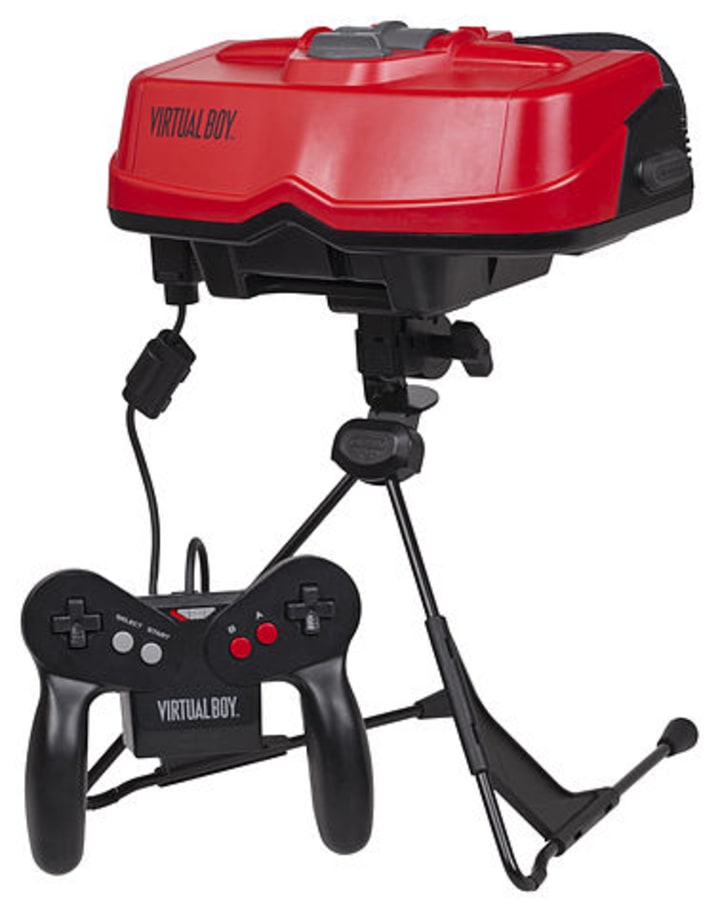
A commercial failure upon release, the Virtual Boy ran into the confluence of being too ambitious and competing for development time with a flagship console. Midway through development, Nintendo pushed its resources towards finalizing the N64. Only selling a little over a million copies, it remains Nintendo's biggest commercial flop by far. Because so few of the units made their way into consumer's hands, this console has become a valuable rarity.
Sega Nomad
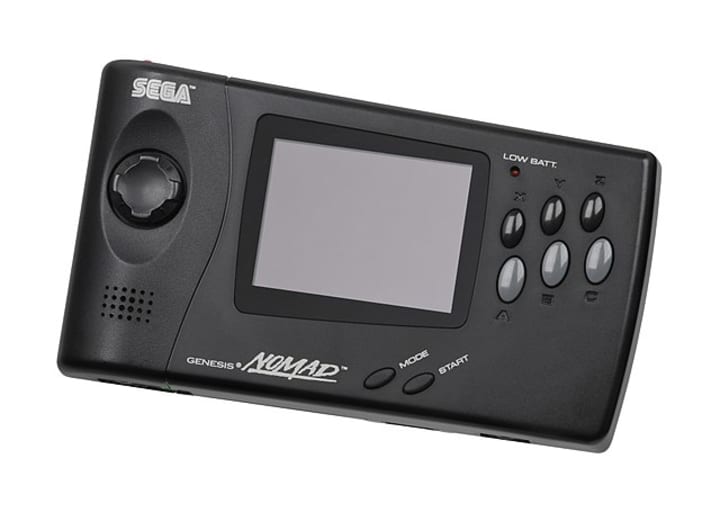
A quirky idea whose clunky nature and late arrival renderEd it obsolete on debut, the Nomad was designed to be a mobile way to play standard Sega Genesis cartridges. Being that those cartridges are pretty big and 90's recharchable battery tech was never a light haul, this system never took off. It also released toward the end of the 16-bit era, so people were already focusing on the next generation.
Game Boy Advance SP
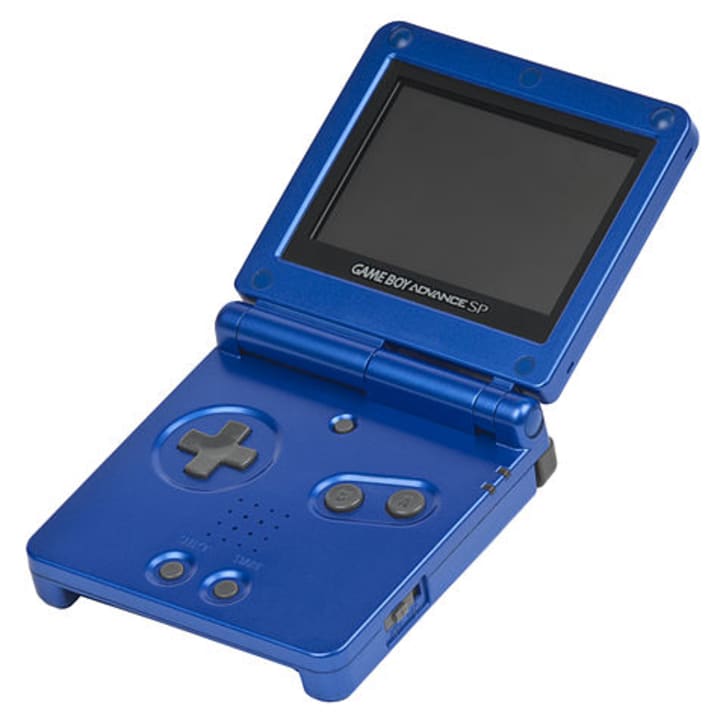
This handheld has value not because it was a failure, but because it was such a smashing success. The first Gameboy to have a properly backlit LCD screen and allow for AC plug-in, it's no wonder this system performed so well and is now sought after. Anyone who has dealt with handhelds knows the pain of never-ending battery changes, so allowing a plug-in feature was a game changer. With a backlit screen so you could actually play the thing on a sunny day, this little gem sold well upon release and sells well today.
Sega Saturn
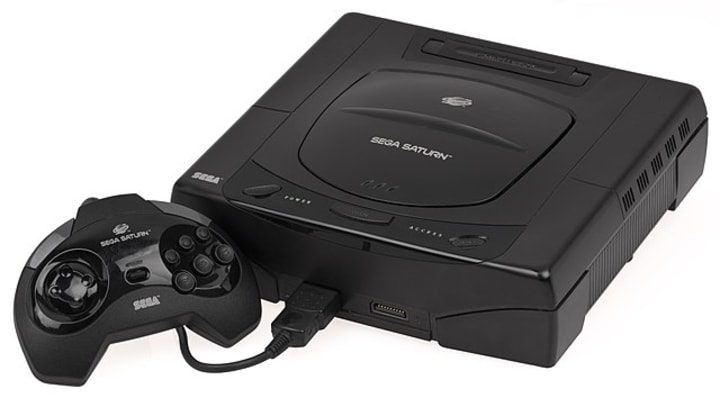
Though not the last console gasp of Sega, that distinction goes to the Dreamcast, this was the last attemt by the gaming giant to go head to head with its competitors. Coming of the massive success of the Sega Genesis, the company had a gravitas in the industry still, but the up and coming Sony had changed the game with the release of the Playstation. Beating Sega to the punch signaled the death knell for the company in the console wars. With comparible graphics to the Playstation and a unique reverse compatible cartridge slot for Genesis games, the Saturn just couldn't compete with Sony and Nintendo's flagship consoles.
Playstation 3 (reverse compatible)
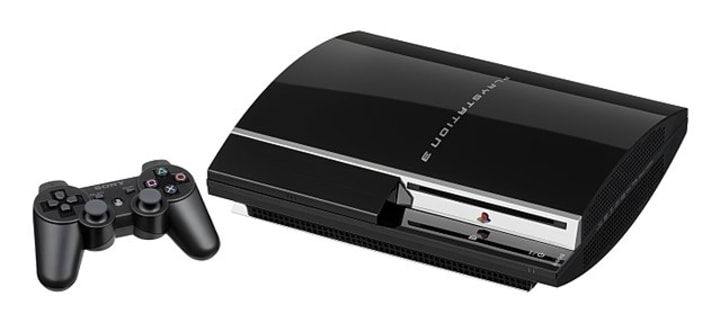
Speaking of reverse compatibility, it is the very thing that gives this console it's value. The Playstation 3 had a slow start before it was able to realize its full potential. It is my opinion that the original release of the system was the best. This comes from the fact that it can play PS1 and PS2 games. Later iterations of the console ditched the PS2 compatibility, so finding one that can play all three generations has become a specialty market. Since the PS2 has such a massive game library, having the ability to play those games opens up all sorts of potential.
Tips
This type of investment is inherently risky. You are putting your money into something that may fluctuate greatly in value. That is just the name of the game in the collectible market, which I have written about before in The Ultimate Guide to Selling Comics on eBay. Here are some key things to keep in mind:
1) Condition is very important, I cannot stress that enough. The value difference between a poor copy of Super Mario 64 and near mint copy would probably make your eyes pop out. This is especially important if you are getting items graded.
2) If you are buying a console, make sure you check the listing for the operational status. You do not want to get it in the mail just to find out that it doesn't work. Repairing consoles is a whole different business that you can get into, if that is your thing.
3) Setting a bid limit for yourself is key to making sure you don't get caught up in the footrace that usually happens at the end of an auction. It is exciting to win, but sometimes you have know when to hold 'em and know when to fold 'em.
4) Grading costs money, so make sure that it is worth it. Either very rare items or items in great condition are prime for grading. Poor condition games or common games tend to not gain enough value to justify the expenditure.
5) Since collectible video game investment is a thing now, that means that massive market places like eBay are going to become highly competitive when it comes to known money makers. Do not overlook places where you can snag some of these hidden gems at a great price. This includes: thrift stores, garage sales, and local online marketplaces.
Final Thoughts
Markets like this are inherently mercurial. Prices shift when movies come out or remakes show up on newer systems. I write about these topics in much more depth on my blog, CollecTech. I have recently written a couple articles about it if you'd like to check them out:
10 Smart Video Game Investments for Playstation
10 Smart Video Game Investments for N64
Who knows what the future holds with this market, but as there have now been multiple graded games that have sold for over a million dollars, it seems the future is so bright, you gotta wear shades.
About the Creator
Peter Carriveau
Writer of many things who likes politics, comics, and vintage video games. When not writing, Peter likes spending time with his beautiful partner Angelica, and our two daughters.







Comments
There are no comments for this story
Be the first to respond and start the conversation.